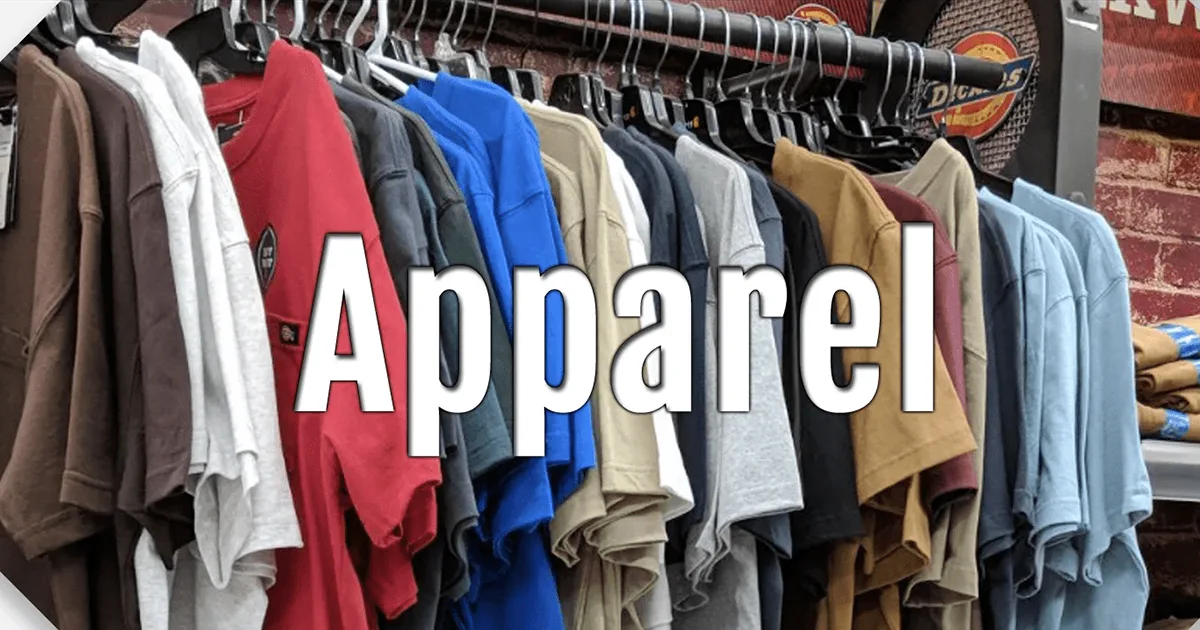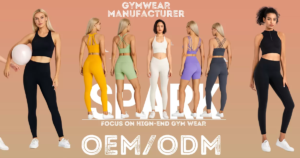Introduction:
Launching a clothing brand is exciting, but choosing the right apparel manufacturer is one of the most important decisions you will ever make. The factory you select will determine the quality of your products, your ability to deliver on time, and your overall brand reputation. That’s why it’s vital to partner with a company that offers quality apparel manufacturing services.
Step 1: Understand Your Brand’s Needs
Before you start searching, define what your brand requires. For instance:
- Are you producing everyday Casual Wear, Sports Wear or Fitness Wear?
- Do you need knitted, woven, or specialized performance fabrics?
- What order volume do you expect?
Having clear answers helps narrow down manufacturers that align with your goals.
Step 2: OEM vs. ODM — Which Model Fits Best?
When it comes to apparel manufacturing, you’ll often hear the terms OEM and ODM:
- OEM (Original Equipment Manufacturer): You provide your designs, and the factory produces exactly what you want.
- ODM (Original Design Manufacturer): The manufacturer provides pre-made designs that you can customize with your branding.
Startups often choose ODM because it is cost-effective, while established brands prefer OEM to maintain uniqueness.
Step 3: Evaluate Quality Standards
Quality makes or breaks a clothing brand. Always:
- Request samples to test stitching, fabric, and finishing.
- Check for certifications like ISO, WRAP, or OEKO-TEX.
- Ask about quality control processes during production.
By doing so, you avoid costly mistakes and ensure consistency.
Step 4: Check Minimum Order Quantities (MOQs)
Many factories have strict MOQs, which can be challenging for startups. A good manufacturer should:
- Offer flexible order sizes.
- Support smaller batches for testing new collections.
- Scale up production as your brand grows.
This flexibility helps you manage inventory better and reduce financial risk.
Step 5: Prioritize Communication and Transparency
Strong communication is essential. Therefore, choose a factory that:
- Responds quickly to inquiries.
- Explains production timelines clearly.
- Provides transparent pricing with no hidden fees.
Good communication reduces delays and builds trust. You can contact our production team anytime for clear timelines and updates.
Step 6: Consider Location and Lead Times
Your choice between local and overseas production depends on priorities:
- Local factories: Faster lead times, easier communication, higher costs.
- Overseas factories: Lower prices, larger capacities, longer shipping times.
Evaluate which option matches your brand’s budget and timeline.
Conclusion:
The right apparel manufacturer is not just a supplier but a strategic partner. By evaluating their quality, flexibility, and communication, you can find a factory that aligns with your brand vision. Ultimately, taking time to choose carefully ensures long-term success and products that customers love.
Frequently Asked Questions
Should I choose a local or overseas manufacturer?
It depends on your goals. Local factories offer speed and communication, while overseas suppliers often provide lower prices and larger capacities.
Why are MOQs important when working with clothing factories?
MOQs determine the minimum pieces you need to order. They affect cost, inventory, and your ability to test products before scaling up.
How do I find an apparel manufacturer for my startup clothing brand?
Start by defining your product type, budget, and MOQ requirements. Then research suppliers through industry directories, trade shows, or online platforms.
What is the difference between OEM and ODM in apparel manufacturing?
OEM means you provide the design, while ODM allows you to customize pre-made designs. OEM gives more uniqueness, while ODM is faster and cost-effective.






Add comment